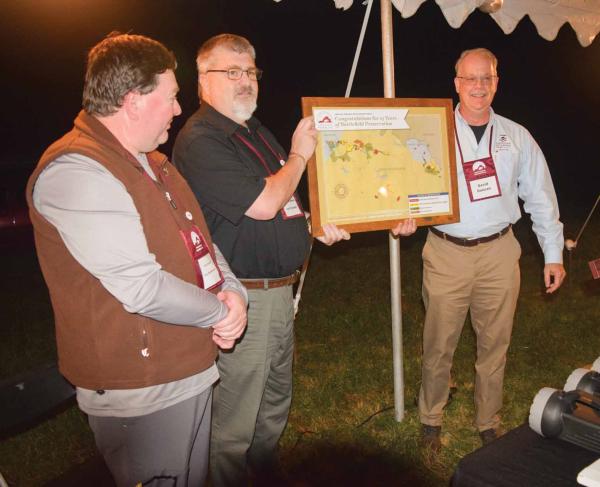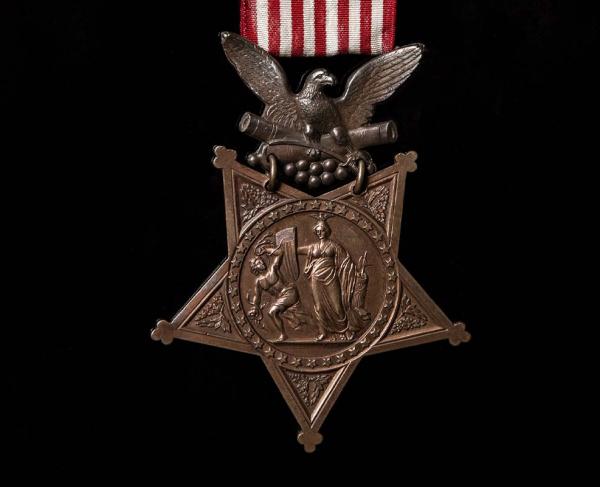Voices from the Storm
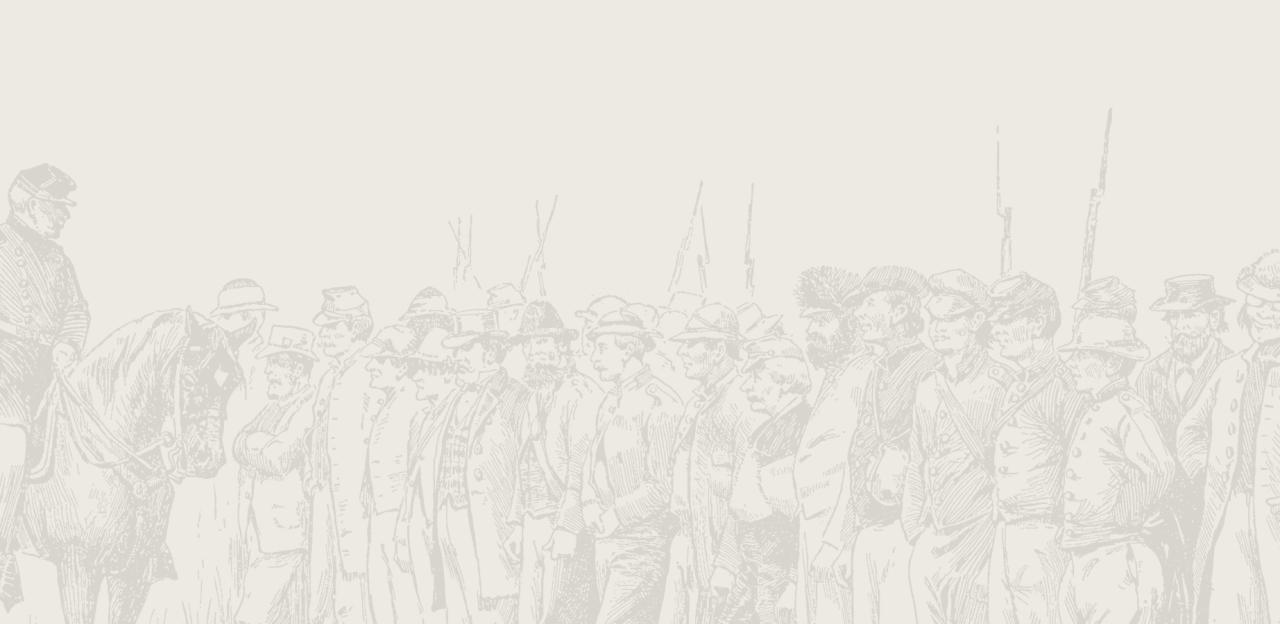

While some narratives of battles give life to the rectangles and arrows that adorn their pages, rare is the battle narrative that accords life to the landscape upon which the drama played out. Therein lies a story often lost, for before they were battlefields, these were homes, farms, churchyards, and family woodlots. With battle, back yards turned to burial grounds, farm fields to killing fields, homes to hospitals. Those affected most deeply by battle were often those whose houses and farms were transformed by it. The physical imprint of war often lingered for years, decades, or even generations.
Nowhere was that more true than in Fredericksburg, Virginia, located on the Rappahannock River exactly half way between Richmond and Washington. For two years, the war would wash over and around Fredericksburg in various forms. Four times armies in blue and gray waged battle in and around the town. Between battles, they often camped on the surrounding landscape, leaving it treeless, forcing farmers to leave fields fallow.
Fredericksburg had before the war gained some fame as the childhood home of George Washington and the place where his mother Mary would spend the last decades of her life. But, mostly it grew to be a sleepy place of 5,000 (one third of them slaves). In 1860, one observer called the already historic town “the only finished place in the Nation,” and that was not intended as flattery.
Of all the trials Fredericksburg would face during the war, none would exceed in intensity and destruction the December 1862, Battle of Fredericksburg. For five days in mid-December, the town would undergo a succession of horrors rarely matched during the Civil War, and in the process become, briefly, one of the most famous places in the world.
The Union army had peacefully occupied Fredericksburg before, but when it arrived in November 1862, it did so ready to fight if need be. The blue troops’ arrival inspired many white residents of town to leave (most slaves had already fled into Union lines). Indeed, by the time of battle, likely fewer than 1,000 residents remained in town. Most had taken to the countryside, destined for impromptu refugee centers and friends’ farms in Spotsylvania County. It was one of the largest exodus of refugees in the nation’s history. Diarist Jane Beale described the scene along the road behind what is now the National Cemetery:
We passed beyond…the turn of the road [at] ‘Willis Hill’… Crowds of women and children had sought refuge in this sheltered spot and as night drew on they were in great distress… Some few had stretched blue yarn counterpanes or pieces of old carpet over sticks, stuck in the ground-and the little ones were huddled together under these tents, the women were weeping the children crying loudly, I saw one walking along with a baby in her arms and another little one not three years old clinging to her dress and crying “I want to go home” My heart ached for them…
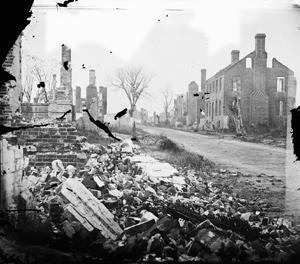
The sight of fleeing civilians outraged Southerners. A Confederate soldier recorded in early December:
It was a pitiable sight to see the women & children … streaming along the roads from the city stopping at every fire to keep from freezing with nothing in the world but what they had on their backs….I do believe after seeing all I have I could murder the [Yankees] in cold blood.
On December 11, 1862, the Union army prepared to cross the river to do battle. Two of their bridges were located right in town, and Confederate sharpshooters disrupted Union bridge-builders with bloody barrages of gunfire from riverside basements and back yards. In response, the Union army bombarded Fredericksburg, trying to drive the Confederates out. Nearly 150 guns fired into Fredericksburg; at times, more than 100 shells a minute burst above the town. Virtually every house suffered damage; those residents who remained suffered frightful horror, as described by Fanny White, who was just ten at the time:
… I ran out into the yard, and as I turned toward the cellar steps I beheld what seemed to me the most brilliant light that I had ever seen….A shell had exploded at the back of the garden….As I looked, my aunt reached out her arms and pulled me, quivering with terror, into the cellar….For long hours the only sounds that greeted our ears were the whizzing and moaning of the shells and the crash of falling bricks and timber. My mother and we three children were seated on a low bed with [our servant] Caroline...huddled as close as she could get, trying to keep warm….My aunt was cowering inside [the large old fashioned fireplace]; every time a ball rolled through the house or a shell exploded she would draw herself up and moan and shiver.
The Union army soon moved into town, finding most houses abandoned. The looting that followed helped elevate Fredericksburg to the status of the first martyred town of the South. A Union soldier from New York left a vivid description:
Fredericksburg is given up to pillage and destruction. Boys came in loaded with silver pitchers, silver spoons, silver lamps, castors, etc. Great three-story brick houses furnished magnificently were broken into and their contents scattered over the floors and trampled on by the muddy feet of the soldiers. Splendid alabaster vases and pieces of statuary were thrown at 6 and 700 dollar mirrors. Closets of the very finest china were broken into and their contents smashed onto the floor and stamped to pieces….Rosewood pianos were piled in the street and burned or soldiers would…kick the keyboard and internal machinery all to pieces… Everything turned upside down. The soldiers seemed to delight in destroying everything.
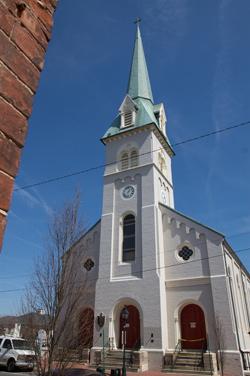
On December 13, 1862, battle raged in the open fields beyond the town of Fredericksburg. Fredericksburg itself turned into a hospital. “Death, Death everywhere,” wrote one reporter. When the defeated Union army retreated on December 15, it left behind a scene that alternately numbed and enraged those who witnessed it. Young Fanny White described her home on Charles Street:
"What a scene met our eyes! Our pretty garden was strewn with cannon balls and pieces of broken shells, limbs knocked off the trees, and the grape arbor a perfect wreck. The house had been damaged considerably; several large holes were torn through it, both front and back. One [of our] rooms was piled more than halfway to the ceiling with feathers from beds ripped open, every mirror had been run through with a bayonet, a panel of each door cut out, furniture nearly all broken up, the china broken to bits, and everything of value taken away…. Mother cleaned up the house and got enough furniture together for one room, where we all stayed that winter."
Fredericksburg was the first American city to be consumed by civil war. A local shopkeeper noted the destruction, but found some consolation in the fate of the Union army:
"Ghastly were the numbers of amputated limbs found in great numbers in several places of the town… A number of houses were burned down, many more made untenable by shot & shell, hardly one having escaped entirely. The few stores that did business were despoiled of their contents… But for all this loss [we] considered ourselves amply repaid, when [we] viewed the thousands of the enemy’s corpses upon the battle field."
The people of Fredericksburg faced two more years of war – living life on, and sometimes beyond, the northern edge of the Confederacy. War weighed heavily, completely, on the Fredericksburg region. By war’s end, the community had been transformed, physically (more than 80 buildings destroyed – just under 10% of the city), economically (personal wealth dropped by more than 70%), and socially (thousands of slaves seized freedom). The experience left behind bitterness for white residents that took decades to heal.
Today visible scars from the war are few; only a single home in town still bears exterior battle damage. Though residents would eventually regain the slow rhythms of small-town life, in fact, little here would ever be the same. Forever, history in Fredericksburg will be divided into two periods: before the war, and after the war. That searing experience has become central this community’s identity, to its past, and to its future.
John Hennessy is the author of several books and dozens of articles on the Civil War. He is currently the Chief Historian at Fredericksburg and Spotsylvania National Military Park.
To restore land and history at Gettysburg, Cold Harbor, Slaughter Pen Farm and New Market Heights, we must raise $131,000. Please help to finish the...
